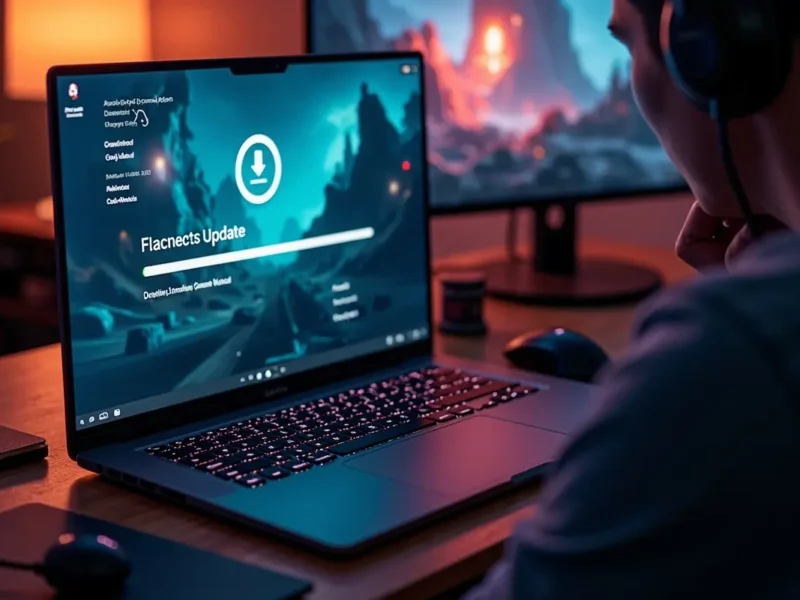The world of art auctions is experiencing a profound transformation. Historically exclusive and limited by physical location, these events are now more open than ever. This is largely thanks to digital platforms that allow buyers and sellers to connect across continents.
Today, even those new to the market can explore collections and participate in online sales, a shift that encourages inclusivity and democratic access. This digital surge has made selling fine art at auction more straightforward and appealing to a broader audience, effectively breaking down barriers that once kept many would-be collectors and artists at bay.
As smartphones, tablets, and laptops become the new front row at auctions, the process is simpler, faster, and tailored to the on-the-go lifestyles of today’s buyers. Features like live streaming, real-time bidding, and secure payment technologies all work together to create an environment where anyone can participate from virtually anywhere. This modernization of auctions has attracted more buyers and introduced artworks from more diverse backgrounds and periods, enhancing overall variety and competition.
Contents
The Rise of NFTs and Digital Art
One of the most significant shifts in the art market has been the emergence of NFTs (Non-Fungible Tokens) and digital art. NFTs are unique, blockchain-backed certificates that prove ownership of a digital asset—often digital art—which has rapidly become a global phenomenon.
Artists previously limited by their medium or reach can now connect with collectors worldwide, as demonstrated by headline-grabbing sales like Beeple’s “Everydays: The First 5000 Days.” The high sums paid for such works represent a cultural turning point, acknowledging digital art as a legitimate form of creativity and investment.
Yet, this new frontier brings unique challenges. Buyers and sellers must navigate questions around authenticity, copyright, and the stability of NFT value. The digital art space is expanding, but so is its complexity, with new collectors advised to seek guidance and rely on reputable marketplaces to ensure transparency and legitimacy.
Emphasis on Emerging Artists
The market’s digital transformation has allowed emerging artists to thrive in a previously unimaginable way. Auction houses and digital sales platforms are eager to spotlight new talent, often dedicating entire sessions to artists whose work has yet to achieve mainstream recognition. This fresh focus offers collectors a unique chance to invest early in the careers of promising creatives, whose values may appreciate significantly over time.
Supporting emerging artists doesn’t just inject excitement into the market but also brings new visions, stories, and innovative styles that reflect contemporary society. Collectors and seasoned investors alike now actively seek out the next big names, which helps drive art’s continuous renewal and cultural relevance. According to Phillips, this approach broadens the collector base and gives much-needed visibility to traditionally underrepresented voices in fine art.
Sustainability and Ethical Considerations
Sustainability has become a key concern in art, mirroring a broader societal shift towards responsible consumerism. Collectors increasingly seek artworks that reflect environmentally conscious or ethically sourced materials and methods. Auction houses are responding to this demand by promoting pieces that incorporate recycled elements or highlight social causes and working with artists engaged in community-focused initiatives.
Transparency within the supply chain and ethical stewardship are now part of the conversation around value, not only from a monetary perspective but also for the impact on communities and the planet. As this trend gains momentum, artists adapt their techniques and thematic focus to resonate with a more conscious audience, further enriching the creative landscape.
The Shift Towards Private Sales
Alongside these public-facing changes, there’s been a considerable rise in private sales—one-on-one transactions managed by auction houses outside the bidding floor. In 2024, private art sales climbed 14% to reach $4.4 billion, according to recent art market reports. This growth reflects a shift among collectors toward greater privacy, personalized service, and discretion, especially for high-profile pieces or sensitive negotiations.
Private sales offer advantages such as flexibility in pricing, tailored marketing efforts, and the ability to negotiate terms. They also provide confidentiality for buyers and sellers, which is sometimes lost in the spectacle of public auctions. This method is now a preferred avenue for collectors, suggesting a broader evolution towards more nuanced art transactions.
Challenges and Considerations
With innovation and growth come challenges for the art auction market. Its largely unregulated nature means that trust, authenticity, and provenance can sometimes be questioned. Buyers must do their due diligence, particularly in the digital art and NFT segments, where uncertainty around long-term value and intellectual property often arises.
To counter these risks, reputable auction houses implement sophisticated compliance and verification measures, while buyers and sellers seek guidance from experts.
Final Thoughts
The evolution of art auctions is redefining how creativity is valued worldwide. As technology, ethical considerations, and new artistic voices continue to reshape the market, participants must adapt to the complexities and opportunities that come with change. This dynamic landscape promises a future where art collecting is more inclusive, digital, and attuned to the values of contemporary society, opening doors for artists and collectors alike to participate in a vibrant, ever-evolving global community.



